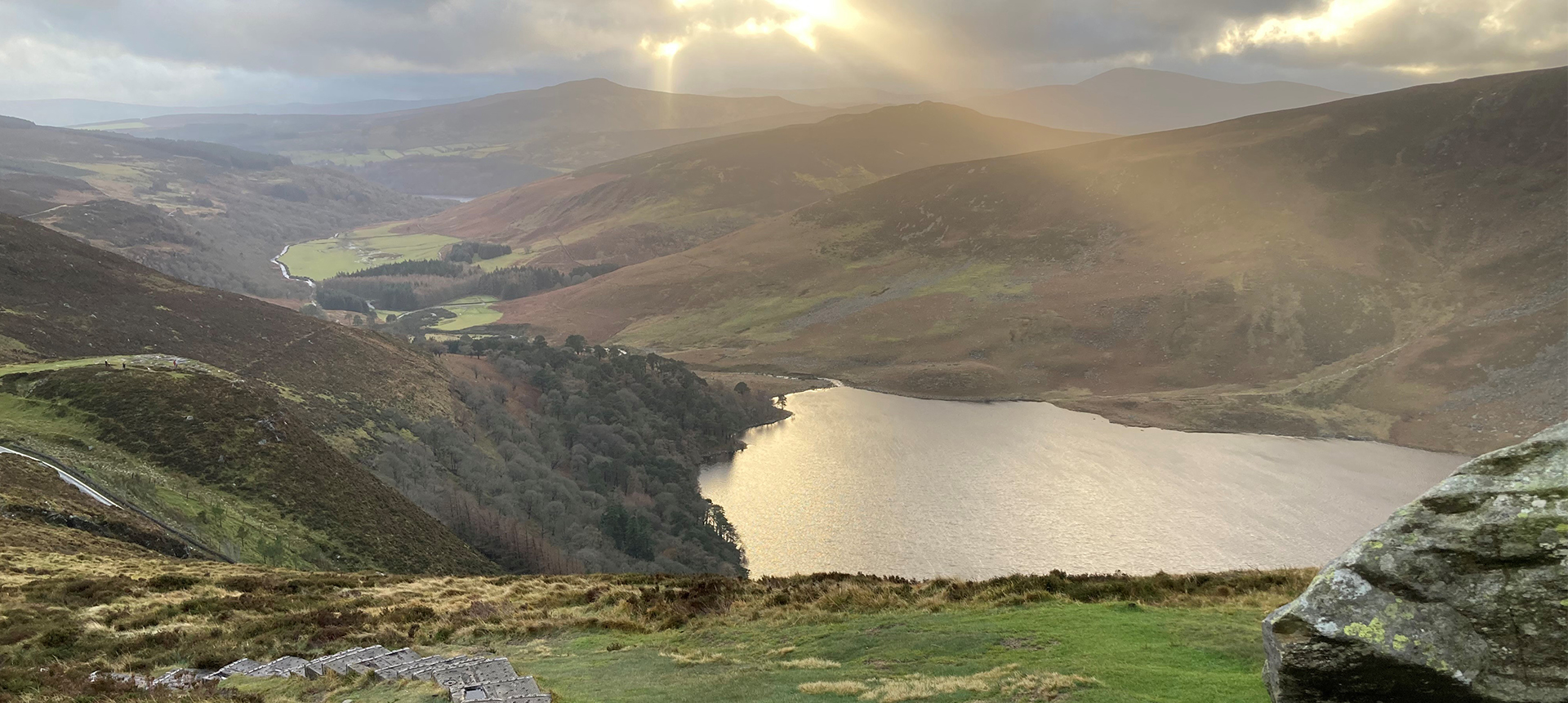Communities Caring For Water 2022 – conference update
This year’s Communities Caring for Water Conference took place on 26 November at Colins Barracks, Dublin and online. People from […]
Read More
This year’s Communities Caring for Water Conference took place on 26 November at Colins Barracks, Dublin and online. People from […]
Read More25 November 2022: The EPA has released the Drinking Water Quality in Private Group Schemes and Small Private Supplies 2021 report. […]
Read MoreThe Environmental Protection Agency (EPA) published its report on the environmental performance of local authorities in 2021. The report was […]
Read MoreThe latest Hydrology Bulletin on rainfall, river flows, lake levels, groundwater levels and spring outflows for October 2022 is now […]
Read MoreThe Communities Caring for Water Conference is back and you can register now to attend online. This year’s conference theme […]
Read MoreOn 19 October 2022 the EPA published ‘Urban Waste Water Treatment in 2021. This report provides an overview of urban […]
Read More14 October 2022: The Environmental Protection Agency (EPA) has published the Water Quality in Ireland Report 2016-2021 which provides the latest […]
Read MoreThis year’s Coastwatch Survey has been extended until Sunday 23 October due to inclement weather, so you still have time […]
Read MoreThe EPA Drinking Water Quality in Public Supplies Report 2021 released 7 October 2022, shows that the quality of drinking water in […]
Read MoreThe September 2022 Hydrology Summary Bulletin outlines the flows in rivers, rainfall, lake and turlough levels, groundwater levels and spring […]
Read MoreQuite simply, everyone in Ireland has a role to play. This can be from something as simple as making sure you don’t pollute your local stream, or a local community working together to establish a Rivers Trust to enhance the rivers and lakes in their area, to a Government Department or Agency helping a Minister implement a new policy to help protect and enhance all our water bodies.
This website has been developed and is maintained by the Environmental Protection Agency, and is a collaboration between the Department of Housing, Planning and Local Government, the Environmental Protection Agency, and the Local Authority Waters Programme.

The Local Authority Waters Programme coordinates the efforts of local authorities and other public bodies in the implementation of the River Basin Management Plan, and supports local community and stakeholder involvement in managing our natural waters, for everyone’s benefit.

The EPA is responsible for coordinating the monitoring, assessment and reporting on the status of our 4,842 water bodies, looking at trends and changes, determining which waterbodies are at risk and what could be causing this, and drafting environmental objectives for each.

The Department is responsible for making sure that the right policies, regulations and resources are in place to implement the Water Framework Directive, and developing a River Basin Management Plan and Programme of Measures to protect and restore our waters.